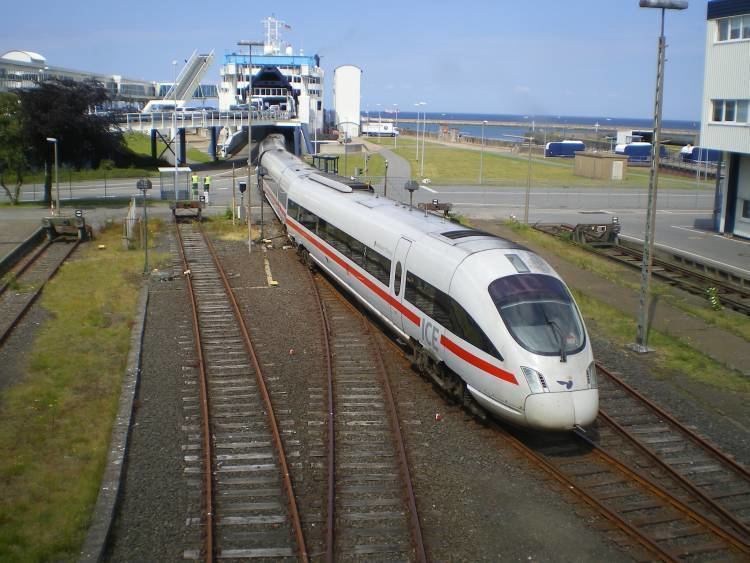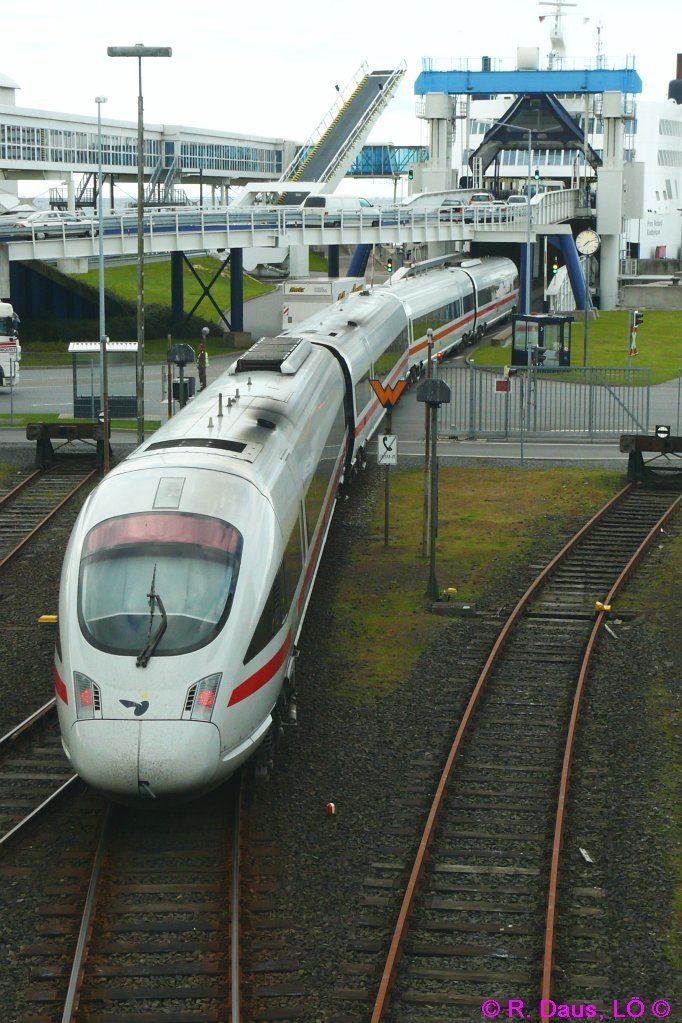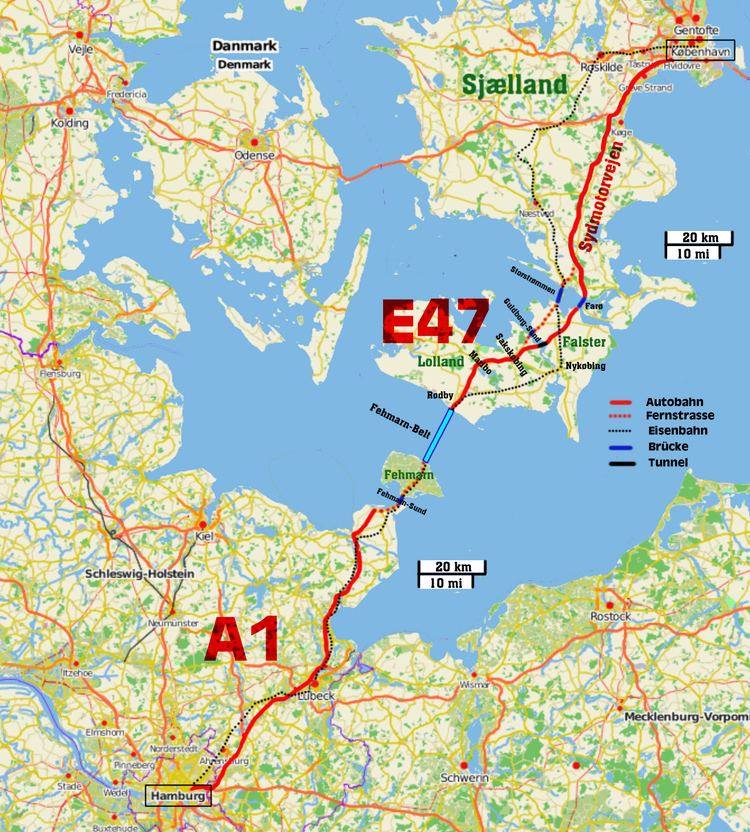 | ||
Die vogelfluglinie puttgarden 1992
The Vogelfluglinie (German) or Fugleflugtslinjen (Danish) is a transport corridor between Copenhagen, Denmark, and Hamburg, Germany.
Contents
- Die vogelfluglinie puttgarden 1992
- vogelfluglinie fugleflugtslinjen train ferry along bird flight line
- Ferry link
- Landside connections
- History
- Beeline in pictures
- References
As the Danish and German names (literally: bird flight line) imply, the corridor is also an important bird migration route between arctic Scandinavia and Central Europe.

vogelfluglinie fugleflugtslinjen train ferry along bird flight line
Ferry link

The core of the connection is the 19-kilometre (12 mi) ferry link between Rødby (Denmark) and Puttgarden (Germany). The line is operated by Scandlines. Ferries take 45 minutes and operate twice an hour, 24 hours a day. The ships act as car and train ferry simultaneously.

The projected Fehmarn Belt Fixed Link, an undersea tunnel, will eventually replace the ferries. Danish-German negotiations on June 29, 2007 culminated in an agreement to complete the link by 2021, essentially on the basis of Danish funding.
Landside connections
The road connection consists of:
The rail connection consists of:
Passenger services between Copenhagen and Hamburg number three to five EuroCitys a day in each direction, operated with DBAG Class 605 trains of Deutsche Bahn and Danish IC3 trains. Since completion of the Great Belt Bridge freight trains are not directed via Rødby-Puttgarden any more, but via Funen and Jutland which is 160 km (99 mi) longer.
These current bridges and tunnels are part of the connection:
History
Proposals for a more direct "bird flight line" date back from the 1920s. Construction was started on the Danish side in 1941 after the Nazi occupation force pushed the matter, but work was halted again in 1946. After World War II, Warnemünde (near Rostock) was included in the territory of East Germany. Political divisions made traffic between Denmark and West Germany via Warnemünde inconvenient.
From 1951 to 1963 a ferry line from Gedser to Großenbrode operated as a temporary solution. In addition, traffic between Copenhagen and Hamburg would either be directed over the Great Belt ferry, Funen and Jutland or the Gedser-Warnemünde ferry. Construction of the "bird flight line" was restarted in 1949 and completed in 1963.
